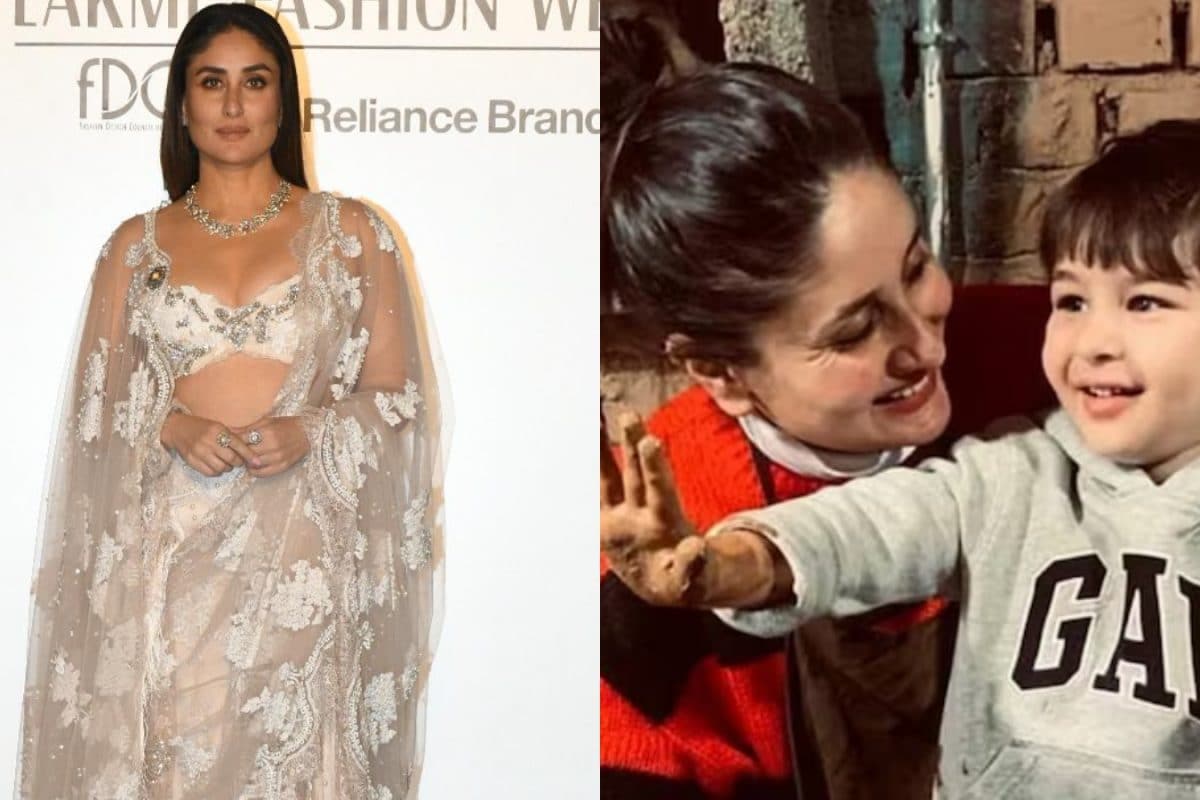From his humble Windhoek workshop, Namibia's leading fashion designer is keeping alive the love for the Herero people's traditional dress with horned headgear, a full-length skirt and a link to German colonisers accused of genocide. McBright Kavari's sewing room is piled high with seemingly ordinary fabric that he transforms with labour and skill into elegant and voluminous dresses called ohorokova. Kavari's designs may introduce modern twists, but they maintain the distinctive and conservative character of a garment believed to have its roots in the arrival of German missionaries in this arid southwestern African land in the early 19th century.
"Myself being a Herero, I felt like that to keep the dress alive, I have to think outside the box and modify it and make it lovable for the youth and the young generation," he told AFP. Kavari always includes one or two ohorokova outfits in his collections. His creations have walked runways in China, Ethiopia, Ghana and even Germany, the former colonial power that historians say committed the first genocide of the 20th century against the Herero and Nama, another of Namibia's ethnic groups.

"I want to show it (the ohorokova) to the world to tell more people about our Herero people," he said. "Once it's on stage, it wows everybody. Everybody wants to know more about it.
It's very attached to history as well." The German occupiers are believed to have killed at least 60,000 Herero between 1904 and 1908, about 80 percent of the populatio.

























